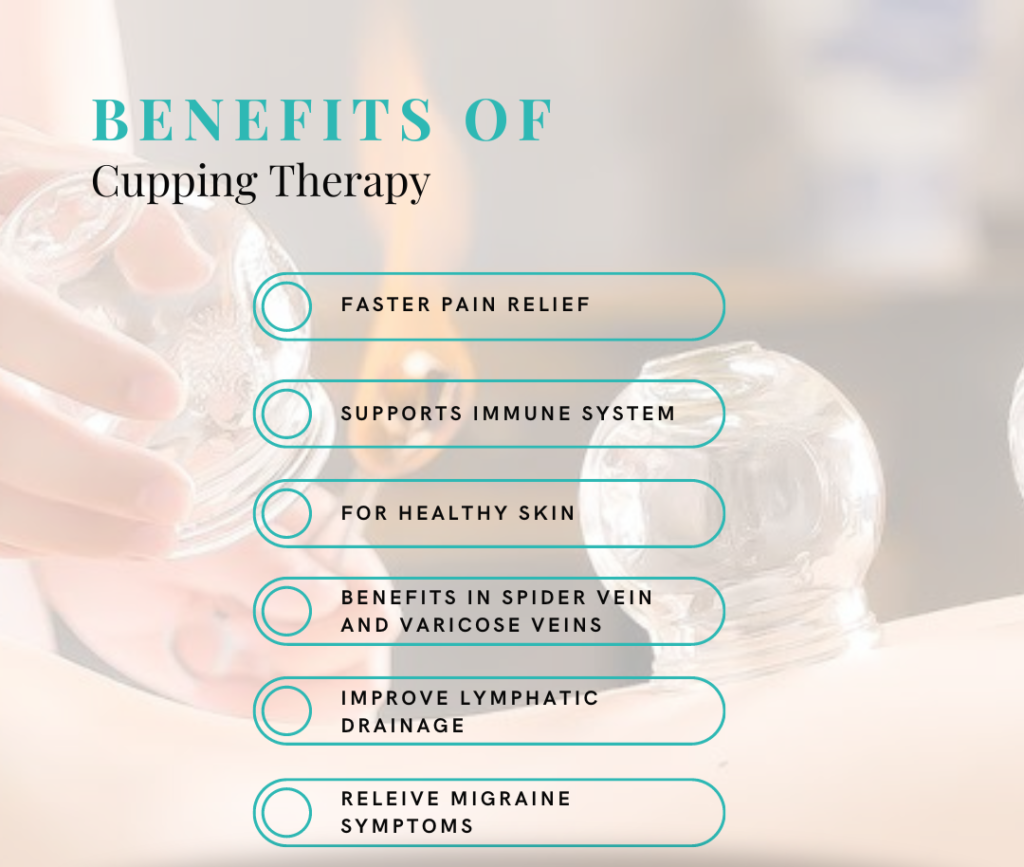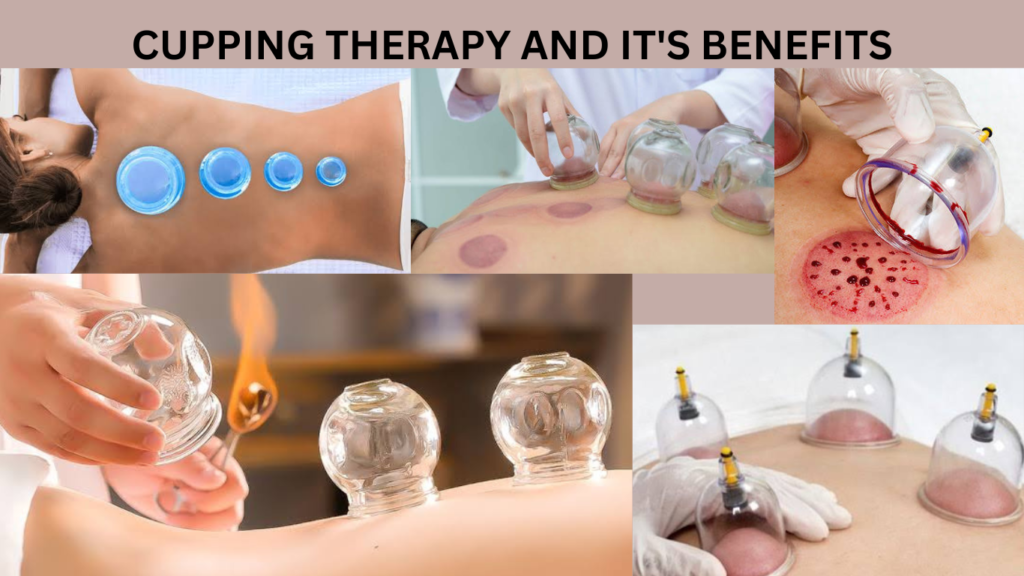Cupping therapy is an ancient form of alternative medicine in which special cups are used to create localized suction on the skin. It is also known as vacuum cupping, Hijamah cupping, horn treatment etc.
Cupping therapy was mentioned in the famous Papyrus Ebers in Ancient Egypt (1550 BC). Archaeologists have found evidence in china of cupping dating back to 1000 BC. In ancient Greece Hippocrates (400 BC) used cupping for internal disease and structural problems.
It is reported, in the Middle East, cupping was advocated by prominent physicians like Abu Bakr Al-Razi (AD 854-925), Ibn Sina (AD 980-1037), and Al-Zahrawi (AD 936-1036). In China, cupping was recorded as a medical treatment in the Mawangdui Silk texts (sealed in 168 BC).
In Arabic and Islamic countries, cups (Hijamah) are recommended in the Al-Qanun Fi’l-Tibb, Canon of Medicine (1025CE), to treat menstrual conditions. PROPHET MOHAMMED (PBUH) is reported to have been a user and also advocated about it.
Cupping therapy is indicated for both healthy as well as those suffering from ailments. According to British Cupping Society, cupping therapy is used to treat blood disorders, rheumatic disease, fertility, skin problems, high blood pressure, migraine, anxiety, depression and many more conditions.
Nowadays cupping therapy is back in trends. From Olympic athletes to pregnant pop stars, people are rediscovering the benefits of cupping. Many celebrities are showing up to events with little round marks on their body. These come from cupping therapy.
CLASSIFICATION OF CUPPING ACCORDING TO TECHNIQUES
DRY CUPPING: It is also known as “Single S” technique as it involves only one step suction technique.
TRADITIONAL WET CUPPING: It is also known as “Double S” technique as it involves two step suction techniques.
HIJAMAH: It is also known as “Triple S” technique as it involves three steps i.e. suction, scarification and suction.
DIFFERENT TYPES OF CUPPING
- DRY CUPPING: a suction only method
- WET/BLEEDING CUPPING: involve both suction and controlled medicinal bleeding
- RUNNING CUPPING: involves moving suctioned cups around the body after applying oil to the desired area
- FLASH CUPPING: Repeated suction and release of cups is done on an area of the body
Other cupping types such as dynamic cupping, moxa cupping, fire cupping and herbal cupping are also very popular.
BENEFITS OF CUPPING THERAPY
- Aids in faster pain relief (*)
- Increases blood circulation
- Promotes mobility and range of motion of joints
- Promotes skin health
- Decrease toxins
- Reduce painful trigger points
- Can improve varicose veins and spider veins
- Promotes relaxation
- Effective in dealing anxiety and depression

SIDE EFFECTS OF CUPPING THERAPY
Cupping therapy is considered to be relatively safe, especially when performed by trained healthcare professionals. Potential side effects include :
- Mild discomfort
- Burns at the site of treatment
- Localized bruises
- Skin infection
According to British Cupping Society, cupping should be avoided by following groups :
- Pregnant or menstruating women
- People with metastatic cancer
- People with bone fractures or muscle spasms
Cupping therapy should be not applied to sites on the body having :
- A deep vein thrombosis
- An Ulcer
- An artery
- A pulse that can be felt
WONDERING IF CUPPING COULD WORK FOR YOU?
Get in touch or ask your physiotherapist during your next session. Our physiotherapists are trained and certified in safe and effective cupping techniques (Hijamah also). You can opt for only cupping session , or add cupping to your physiotherapy sessions.

How long does the cupping marks last?
It depends upon the skin type. Normally the cupping mark last from 3 to 5 days.